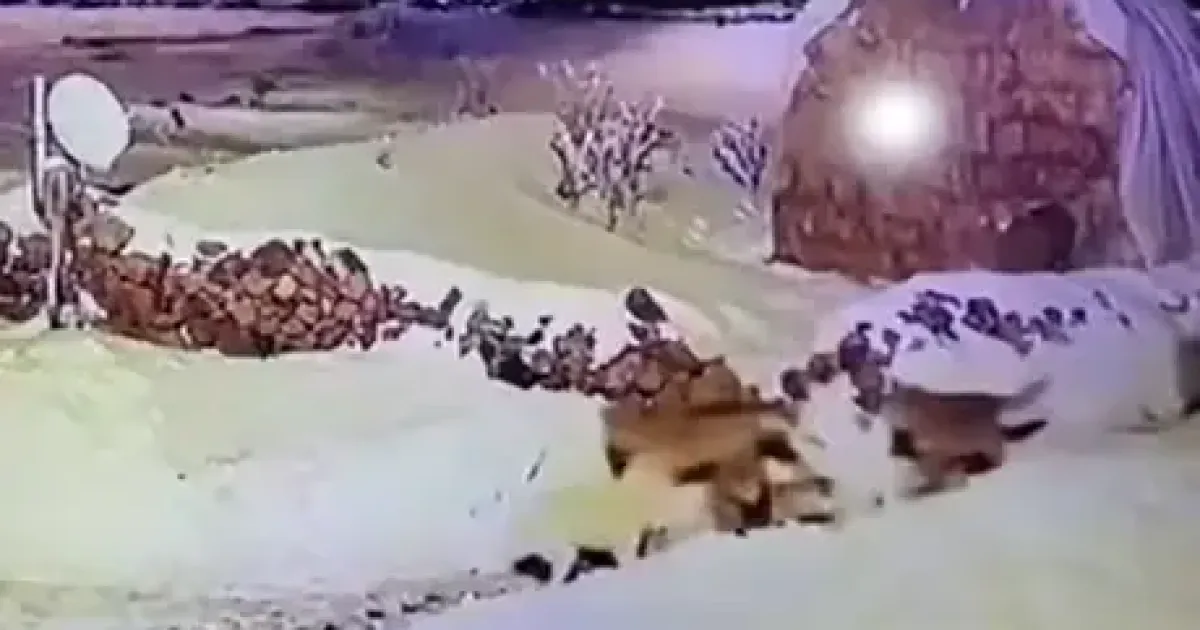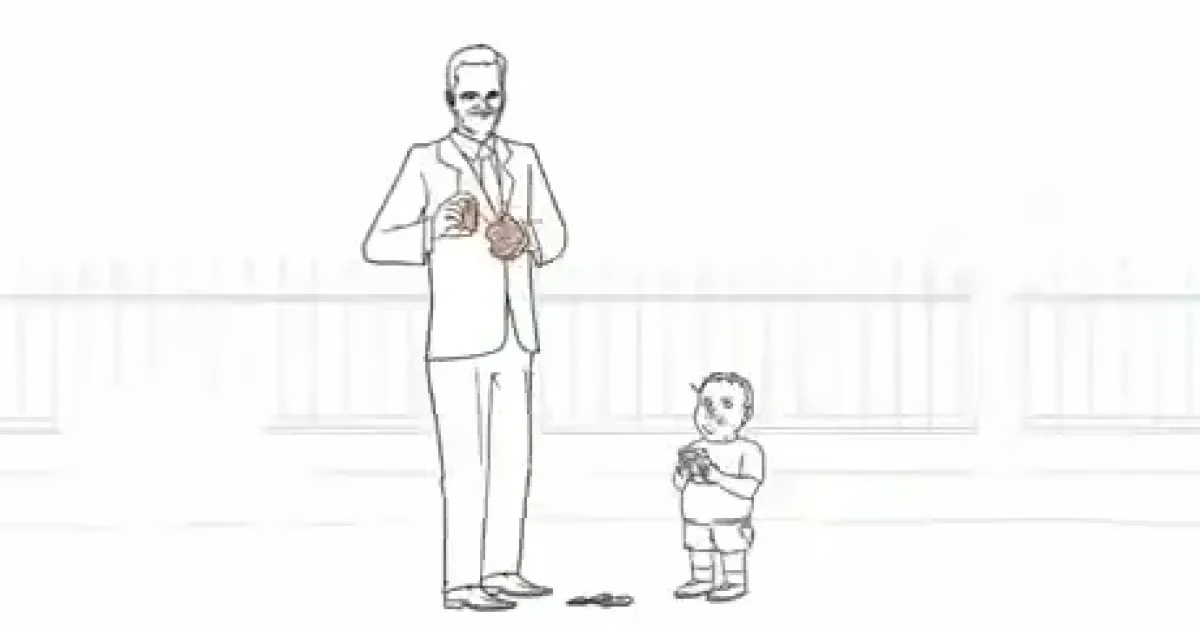
The DrachenFest in Germany is the largest LARP event in the world and is getting bigger every year.
At some point, there will be enough participants to recreate the Battle of Minas Tirith there 1:1.
#LordOfTheRings #Germany
Read More...































